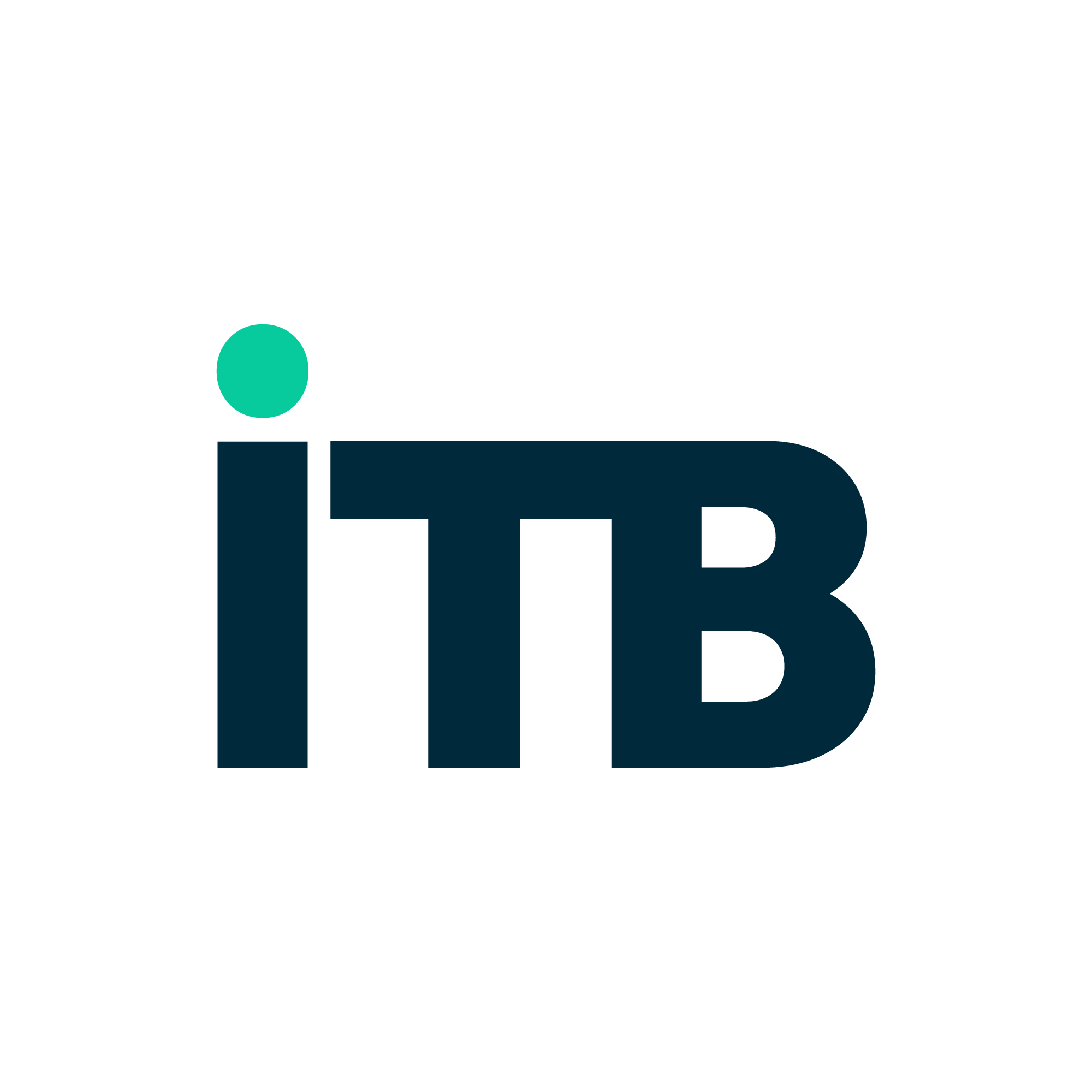The IT world is changing fast—too fast for old systems, slow processes, and siloed teams to keep up.
The businesses winning today? They’re not just adopting digital tools. They’re rebuilding the way they think, move, and deliver—driven by two major forces: Cloud computing and DevOps.
If you’re still managing bulky on-prem servers or waiting weeks to ship new features, here’s the truth: you’re already behind.
Let’s unpack how Cloud and DevOps are reshaping IT—and why they’re at the heart of real digital transformation.

What Does Digital Transformation Really Mean?
Forget the buzzwords. Digital transformation isn’t about slapping a mobile app on your product or migrating a few files to the cloud.
It’s about rethinking how you build, deliver, and scale technology. It means creating systems that are:
-
Fast to adapt
-
Easy to scale
-
Built for change, not stability
That kind of agility doesn’t come from legacy systems or siloed workflows. It comes from integrating Cloud infrastructure with DevOps practices—and using both to create smarter, more responsive IT.
DevOps: Breaking Silos, Building Momentum
In traditional IT, developers wrote code and tossed it over the wall to operations, who were responsible for running it. The result? Miscommunication, slow releases, and finger-pointing when things broke.
DevOps flips this model.
It’s not a tool. It’s a culture. A way to align dev and ops teams under one goal: deliver high-quality software faster.
Key DevOps practices include:
-
Continuous Integration & Continuous Deployment (CI/CD)
-
Automated testing & monitoring
-
Infrastructure as Code (IaC)
-
Short feedback loops
Together, these practices make teams more collaborative, iterative, and adaptive—just what digital transformation demands.
The Cloud: Your Digital Playground
Now layer in Cloud computing—and DevOps becomes a rocket ship.
The cloud removes the biggest roadblocks that used to hold IT teams back:
-
No more long hardware procurement cycles
-
No more complex, manual server setups
-
No more guesswork around scalability
Instead, you get:
-
On-demand infrastructure
-
Global scalability
-
Pay-as-you-go pricing
-
Built-in services for storage, compute, security, and monitoring
The cloud isn’t just where your apps run—it’s how your business moves forward faster.
Cloud + DevOps: The Engine Behind Transformation
Let’s look at how these two forces combine to drive real digital change.
1. Faster Innovation
Want to experiment with a new feature? DevOps practices let you test and deploy quickly. Cloud services give you the compute and storage instantly.
You’re no longer stuck in long release cycles—you’re shipping updates weekly or even daily.
2. Continuous Delivery
With cloud-native DevOps pipelines, updates are pushed through automated systems—tested, approved, and deployed with little manual effort.
That means fewer bugs in production, quicker patches, and happier users.
3. Scalable Systems
Traffic spike? No problem. Cloud-native apps can auto-scale to meet demand.
You don’t need to over-provision hardware or panic during a product launch. Your infrastructure adjusts itself—automatically.
4. Real-Time Feedback & Resilience
Monitoring, logging, and alerting tools built into the cloud provide visibility across every layer of your system. Pair that with DevOps feedback loops, and you can fix issues before users even notice.
It’s proactive. Predictive. And powerful.
Real-World Impact: What This Looks Like in Action
Let’s say you run a global e-learning platform.
With DevOps and cloud, your team can:
-
Push new course features weekly, not quarterly
-
Monitor usage across countries in real-time
-
Auto-scale video streaming infrastructure when thousands join a live session
-
Use IaC to spin up test environments for every new dev branch
Before, these tasks took weeks and cost thousands. Now, they’re handled with a few lines of code and a click.
Getting Started: The Transformation Playbook
Digital transformation isn’t a switch you flip—it’s a journey. But you can start small:
-
Adopt CI/CD tools like Jenkins, GitHub Actions, or GitLab
-
Move workloads to the cloud with AWS, Azure, or GCP
-
Use Infrastructure as Code to manage environments
-
Build cross-functional teams where devs, ops, and QA collaborate
-
Measure everything—from deployment speed to user performance
Start by solving a real pain point. Automate a release. Migrate a service. Track and celebrate wins. Then scale from there.
The future of IT isn’t about tech stacks—it’s about how fast you can adapt.
Cloud and DevOps aren’t just tools in your toolbox. They’re the foundation of future-ready businesses.
When you combine the elasticity of the cloud with the agility of DevOps, you build a system that delivers value continuously, evolves quickly, and scales without breaking.
That’s not just transformation. That’s future-proofing.




